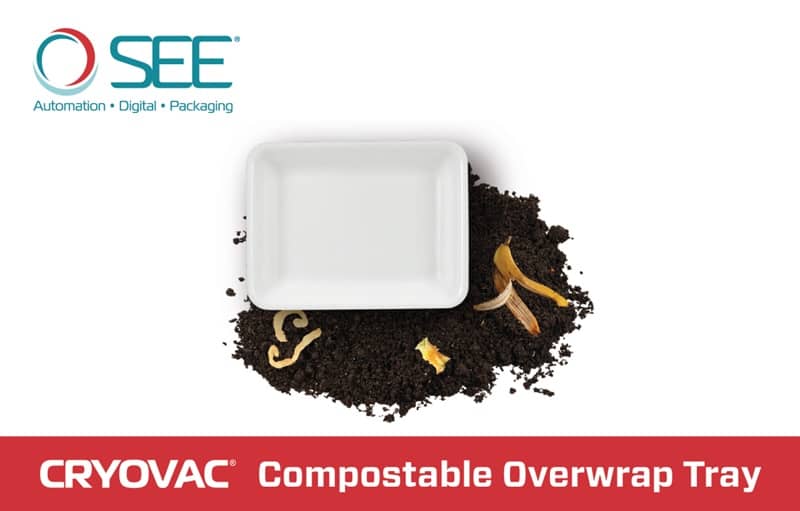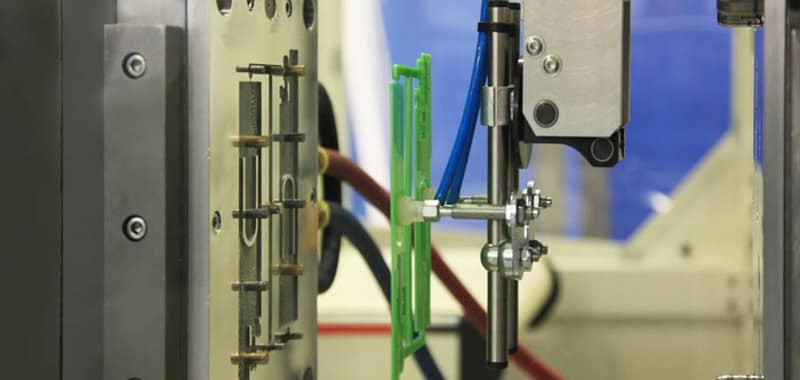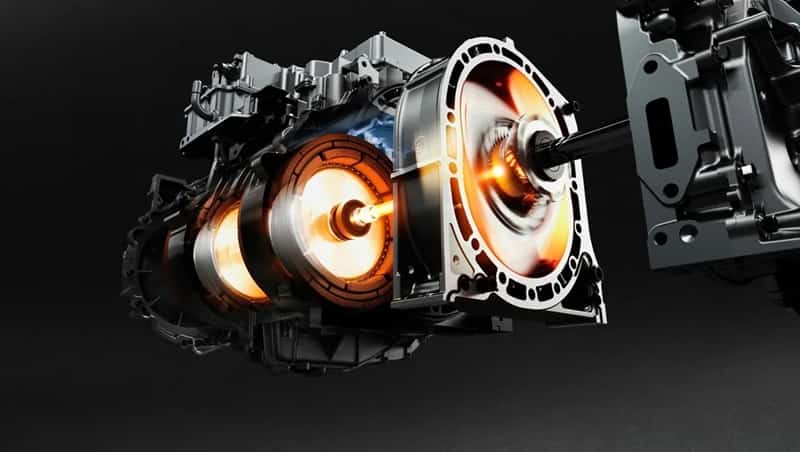Zero carbon emissions
Exploring Five Inquiries on the Houthis and the Red Sea Conflict: Recent Offensives and Concealed Motives
The conflict rages on from Syria to the shores of the Red Sea, driven by various and intersecting motives. Why did the United States and Britain launch airstrikes on Yemen once again? The missions fall into three categories: 1) Preventive actions to deter imminent Houthi attacks on civilian navigation, targeting alleged launch ramps and explosive stockpiles, according to official American statements. 2) Retaliatory strikes in response to the Houthi movements. 3) Efforts to disable their arsenal. However, the effectiveness of these missions raises questions.
Radio-controlled Mines and Boats Despite numerous coalition waves claiming the destruction of major Houthi systems over weeks, the militia persists in armed provocations against merchant vessels and oil tankers, as well as allied units en route to Israel. Alongside drones and missiles, they have unsuccessfully reintroduced radio-controlled explosive boats, posing a continued risk of mines that have already affected local fishermen. Zero carbon emissions
The persistent Houthi activity, foreseen by authorities, suggests that a prolonged campaign is currently off the White House’s agenda. Even a few rockets could suffice for the Houthis to sow insecurity along the route. Gregory D. Johnsen highlights the stark difference in intent: while the White House pursues short-term solutions, the Houthis think long-term to retain power. What are the faction’s objectives? Formally aligning with Palestinians in Gaza, the Houthis declare their intention to disrupt traffic connected to Israel until the end of the Strip’s invasion.
Hidden Motivations This surface-level narrative reveals deeper motivations. Beyond the formal stance, regional ambitions, a Shiite version of a jihadist plan, support for Iran’s strategy, a position of strength against local adversaries (Arabia, Emirates, Bahrain), prestige, and the potential to dictate favorable conditions in the Arabian Peninsula’s prolonged conflict are all factors. Zero carbon emissions
Some speculate that the Houthis may seek toll payments, akin to Egypt’s role in the Suez Canal, exploiting their strategic position. Do the militants fear consequences? Experts argue that the U.S. strikes offer the Houthis an opportunity to enhance their “revolutionary” image, align with the cult of “martyrdom,” and garner support from those opposing Washington. Even in the West, there is support, overlooking the movement’s roots. Ansar Allah, their original name, utilizes the crisis to intensify internal repression, as reports surface about the suppression of opponents.
The Shadow of Tehran What are the ties with Iran? Rooted in history since the early days of the Islamic Republic (established with the Khomeini revolution in 1979) and religious in nature, the relationship is strengthened by substantial arms supplies. Tehran views the Houthis as crucial allies, having influence over the Red Sea and the ability to pressure Sunni monarchies when needed. The presence of a Qods Division command of the Pasdaran in Sanaa facilitates cooperation. The Iranian spy ship Behshad operates south of Aden, providing assistance and serving as a symbolic target for some. The Houthis, constrained by alliances, become significant players in the proxy conflict.
The question lingers about whether Tehran can dictate orders to the Houthi leadership. Hypotheses range from strict obedience (Hypothesis 1) to a self-directed leadership (Hypothesis 2), or a fluid mix of both (Hypothesis 3). This fluid scenario enables international diplomacy to tailor its response to Iran’s role based on convenience and plans at different moments. Zero carbon emissions

STADLER and Krones Close Plastics Circular Economy Loop at Las Vegas
Republic Services, in collaboration with STADLER Anlagenbau GmbH and Krones, has inaugurated North America’s pioneering vertically integrated plastics recycling facility in Las Vegas. The Republic Services Polymer Center marks the first instance of a U.S. company managing the complete plastics recycling stream, from curbside collection to the production of high-quality recycled resins for sustainable packaging.
STADLER, overseeing mechanical sorting on PET and PO lines, played a crucial role alongside Krones, the general contractor for the Polymer Center. This facility, processing presorted plastics from across the Western U.S., is set to produce over 100 million pounds annually of recovered resin for circular economy integration. Zero carbon emissions
The plant’s dual lines, one for PET and another for mixed plastics, boast a capacity of 5t/h each, making it the largest Dual Line plastics recycling plant in the USA. Employing state-of-the-art technology, including STADLER’s ballistic separator and NIR sorters, the facility efficiently separates materials for further processing.
Republic Services plans to establish three more Polymer Centers nationwide to bridge the gap between current recycled plastic supply and the burgeoning demand driven by regulatory changes and consumer preferences for sustainable packaging. Following the success of the Las Vegas project, Republic Services has extended its collaboration with STADLER and Krones, demonstrating confidence in their equipment and design for future Polymer Centers. The company aims to contribute significantly to achieving true bottle-to-bottle and package-to-package circularity for plastics, addressing the increasing demand for recycled plastics in the market. Zero carbon emissions
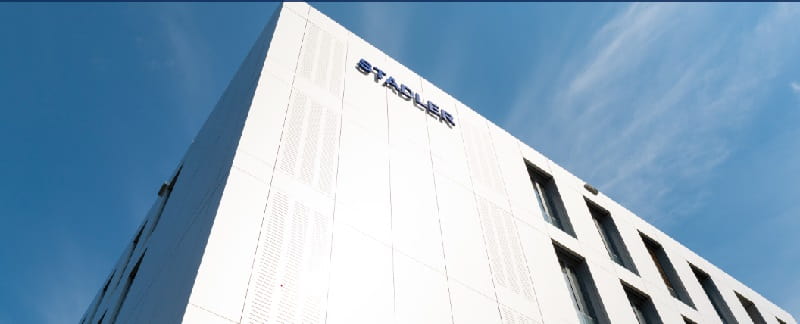
The European Commission has granted approval for a €550 million ($597 million) Italian State aid scheme geared towards advancing the shift to a net-zero economy
This initiative, in line with the Green Deal Industrial Plan, operates under the State aid Temporary Crisis and Transition Framework, focusing on accelerating the green transition and lessening fuel dependencies in crucial sectors. Italy proposed the €550 million scheme to encourage the substitution of methane and other fossil fuels with renewable hydrogen, as part of the broader effort to achieve a sustainable industrial landscape.
The aid, disbursed as direct grants through the Italian National Recovery and Resilience Plan (PNRR), specifically targets companies heavily reliant on fossil fuels in various Italian industrial sectors. Zero carbon emissions
Eligible projects are mandated to achieve a minimum 40% reduction in greenhouse gas emissions or a 20% reduction in energy consumption compared to current levels. To qualify, companies must transition from fossil fuels to renewable hydrogen, with the option to combine this with investments in electrification or enhanced energy efficiency.
The Commission has set stringent conditions, ensuring that hydrogen constitutes at least 40% of total energy inputs from project initiation, reaching 75% by 2032 and 100% by 2036. The aid measure, capped at €200 million ($217 million) per beneficiary, is scheduled for disbursement before December 31, 2025. The Commission underscored the necessity, appropriateness, and proportionality of the Italian hydrogen scheme in expediting the green transition, aligning with the REPower EU Plan and the Green Deal Industrial Plan. Conditions under the Temporary Crisis and Transition Framework are designed to guarantee emission reductions and a shift to hydrogen use while preventing production capacity increases beyond 2%. Zero carbon emissions
Margrethe Vestager, the Executive Vice-President overseeing competition policy, commended the scheme for its role in significantly decarbonizing industrial processes and reducing Italy’s reliance on imported fossil fuels. The approved aid measure is anticipated to contribute to Italy’s objective of a complete transition to hydrogen by 2036 across supported investments, aligning with broader European sustainability goals.
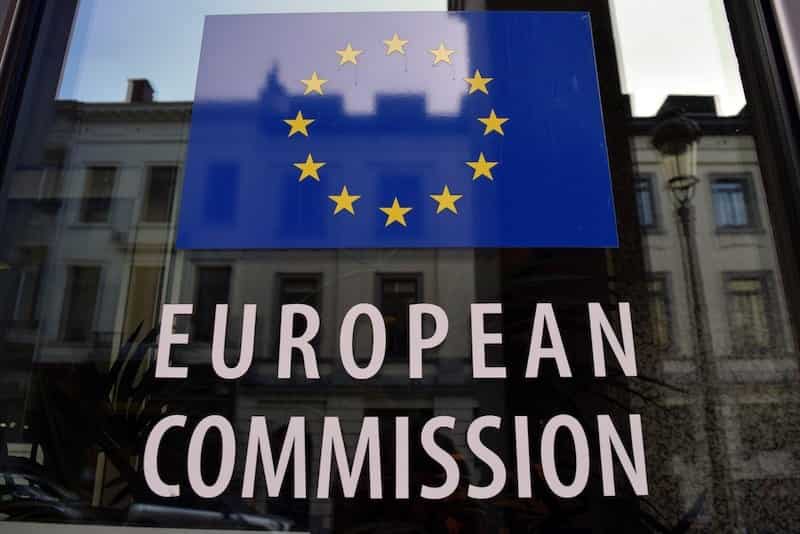
Adana’s Polypropylene Plant Construction Signals Turkey’s Entry into Middle East Market
Nestled in the Ceyhan Industrial Zone within the Adana Province, the polypropylene plant is poised to boast an impressive production capacity of 472.5 thousand tons annually. The estimated cost of this monumental project stands at USD 1.7 billion, with a projected annual contribution of USD 250 million to Turkey’s foreign trade balance. The strategic significance of this venture extends beyond national boundaries, holding the promise of elevating Turkey’s status as a key player in the global polypropylene market.
One of the noteworthy features of this polypropylene plant is its commitment to sustainable practices, as approximately 80% of the facility’s energy needs will be met through renewable energy sources. Zero carbon emissions
This is made possible through the independent production of hydrogen and harnessing the power of hydroelectric power plants. Such a sustainability-focused approach aligns with the global push towards environmentally responsible industrial practices, underscoring Turkey’s commitment to a greener and more sustainable future.
Turkey, thus far, has had a singular producer of polypropylene in Petkim Petrokimya Holding, generating around 100 thousand tons annually. The introduction of the new polypropylene plant is poised to revolutionize this landscape, mitigating the dependency on imports and potentially making Turkey a self-sufficient hub for this essential polymer.
Beyond the domestic market, the strategic positioning of the plant and its significant production capacity set the stage for Turkey to actively engage in the global polypropylene trade.
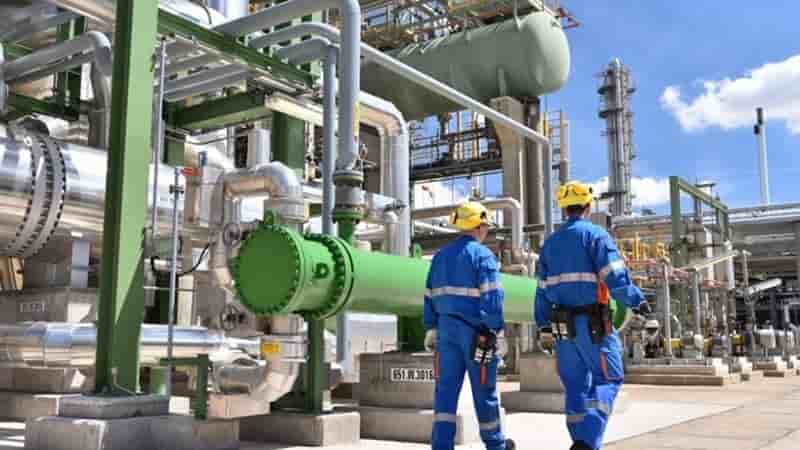
Asian PX price remains above $1,000/mt, but uptrend slowing on weak demand
The outright price of Asian paraxylene has stayed above the $1,000/mt mark moving into February amid support from firm buying interest, traders and producers told S&P Global Commodity Insights, but a slowdown in trade activity and demand ahead of the Lunar New Year is reversing the uptrend seen at the start of the year.
Market sources said that this decline will continue in the near term, with further pressure from weak downstream margins, but prices are expected to rise again in Q2 on US summer demand. Zero carbon emissions
Platts assessed the benchmark PX CFR Taiwan/China down $10/mt day on day at $1,025.67/mt at the Asian close Jan. 31, S&P Global data showed. PX prices had risen to a 15-week high of $1,042.67 on Jan. 23, the data showed, up $82/mt or 8.54% from when levels had bottomed out at $960.67/mt on Dec. 7.
Traders said that while PX prices had strengthened recently due to improving demand for cargoes arriving in March and April, the upward momentum had been stalled by lower operation rates among producers of downstream purified terephthalic acid, or PTA, and polyester during China’s biggest holiday in early February.
“Looks like the fundamentals [for PX] are weak [so] need to see [the market] after the Chinese New Year,” a trader said. Zero carbon emissions
Polyester and PTA operating rates had steadily dropped in January amid the festivities-related slowdown in China, sources said.
More…
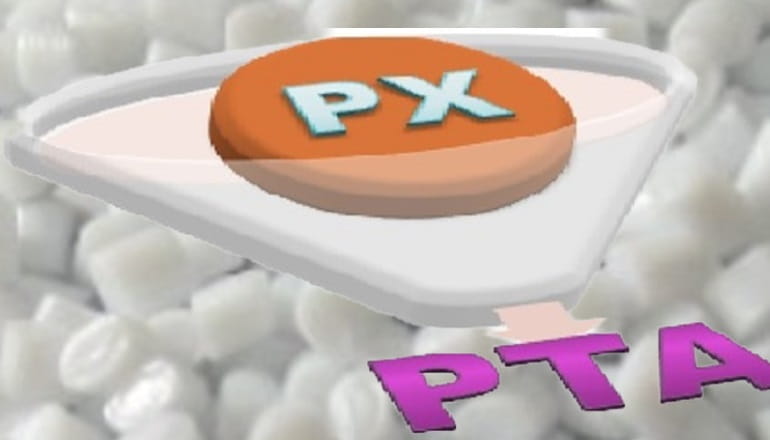
Fibre Extrusion Technology – Europe could miss targets due to low plastic recyclate demand, report warns 02-02-2024
Zero carbon emissions

